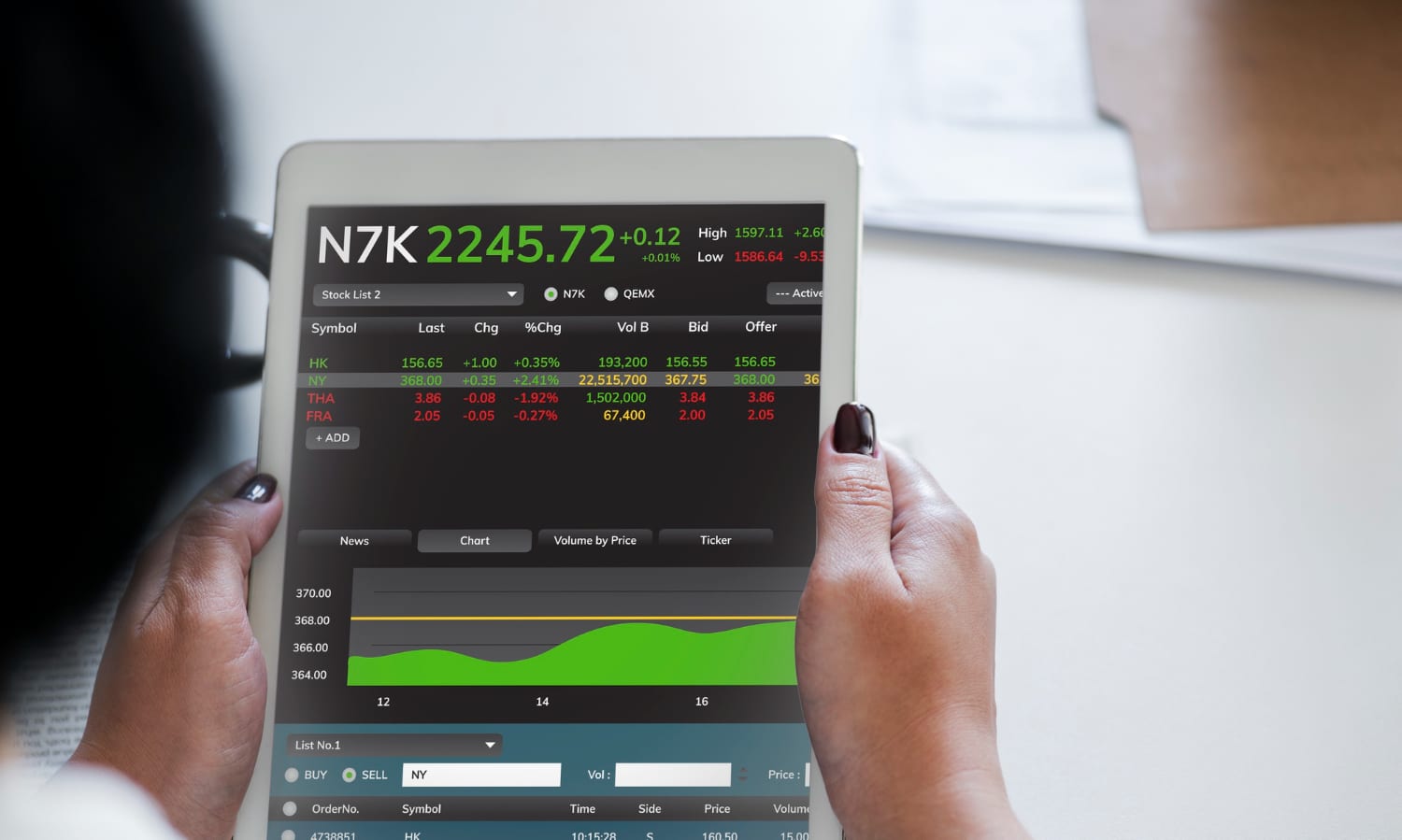
The Best Forex Trading Strategies for Beginners
Diving into the world of forex trading can feel like a whirlwind. With a sea of tools, charts, and currencies to navigate, it’s easy to feel disoriented. Forex trading centres on currency pairs. Each move depends on their relationship. Your mission lies in crafting a strategy that aligns with your trading ambitions and risk comfort.
For newcomers, the secret sauce is to embrace simple, time-tested strategies. These basic tactics will boost your confidence as you explore the market’s mysteries. This guide is your compass. It shares easy ideas and tips to help you make smart trades in foreign exchange.
What Is Forex Trading?
Forex (foreign exchange) trading involves buying one currency while simultaneously selling another. Currencies are traded in pairs, like EUR/USD or GBP/JPY. The aim is to make money from shifts in their exchange rates.
The forex market is the most liquid and active in the world, open 24 hours a day, five days a week. This makes it accessible for individuals looking to trade around their own schedules.
Understanding Currency Pairs

Before diving into strategies, it’s important to understand how currency pairs work. Each pair has:
- A base currency (the first one listed)
- A quote currency (the second one)
For example, in the EUR/USD pair:
- EUR is the base currency
- USD is the quoted currency
If the EUR/USD is trading at 1.10, it means 1 euro equals 1.10 US dollars. Traders want to buy if they think the base currency will go up in value. They sell if they expect it to drop.
Key Concepts for Beginners
1. Leverage and Risk
Forex trading uses leverage. This lets traders manage big positions with less capital. While this can amplify profits, it also increases potential losses. Beginners should start with low leverage to manage risk.
2. Lot Sizes
Trades are measured in lots:
- Standard lot: 100,000 units
- Mini lot: 10,000 units
- Micro lot: 1,000 units
Beginners usually trade micro or mini lots to keep risk low as they learn.
3. Spreads and Pips
- Pips: The smallest movement a currency pair can make (typically 0.0001 for most pairs)
- Spread: The difference between the bid and ask price
Tight spreads mean lower trading costs.
Beginner-Friendly Forex Trading Strategies
New traders can use simple strategies to grasp market movement and build good habits.
Trend Following Strategy
The trend-following strategy relies on the belief that prices move in clear directions, called trends. These trends often continue for a while.
How it works:
- Identify the trend using moving averages (e.g., 50-day or 200-day)
- Enter trades in the direction of the trend
- Exit when indicators suggest the trend is weakening
Example: If EUR/USD is above its 200-day moving average and showing upward momentum, traders may look for buying opportunities.
Breakout Strategy
A breakout happens when the price goes above resistance or below support. This move comes with a higher volume.
How it works:
- Identify key support and resistance levels
- Enter a trade when the price breaks through one of these levels
- Set stop-loss just below/above the breakout point
This strategy works well when markets are more volatile, such as during major news releases.
Range Trading Strategy

This approach works best when the market is not trending and moves within a set range.
How it works:
- Identify strong support and resistance zones
- Buy near support, sell near resistance
- Use technical indicators like the Relative Strength Index (RSI) to confirm entry points
This strategy works well in sideways markets. It’s also helpful during calm trading times.
Moving Average Crossover
A simple strategy that uses two moving averages to identify potential entry and exit points.
How it works:
- Use a short-term MA (e.g., 10-day) and a long-term MA (e.g., 30-day)
- Buy when the short-term MA crosses above the long-term MA (bullish crossover)
- Sell when the short-term MA crosses below the long-term MA (bearish crossover)
This strategy helps reduce emotional decisions and provides clear signals.
Using Technical Analysis Tools
Technical analysis involves studying past price movements to predict future behaviour. Beginners should start with a few core tools:
- Moving Averages: Smooth out price action to identify trends
- MACD (Moving Average Convergence Divergence): Helps spot momentum changes
- RSI (Relative Strength Index): Identifies overbought or oversold conditions
- Bollinger Bands: Show price volatility and potential reversal zones
Using these tools alongside a strategy can improve timing and risk management.
Managing Emotions in Forex Trading
New traders often struggle with emotions such as fear, greed, or impatience. Having a clear strategy and set rules can lessen emotional influence on decisions.
Helpful tips:
- Set realistic goals
- Stick to your trading plan
- Avoid overtrading
- Use stop-loss orders to protect your capital
Discipline and consistency are often more important than finding the “perfect” trade.
Final Thoughts: Starting Strong with Forex Trading
For newcomers to the forex frontier, a gentle start is key. Begin small and immerse yourself in the dance of currency pairs. Embrace simple strategies rooted in basic technical analysis.
Think of these strategies as tools in your toolkit: trend following, breakout trading, range trading, and moving average crossovers. They offer new traders a roadmap through the whirlwind of this fast-paced market.
With a solid foundation and prudent risk management, you can confidently navigate the forex seas. Each small trade leads to steady growth on your journey of improvement in the forex realm.


